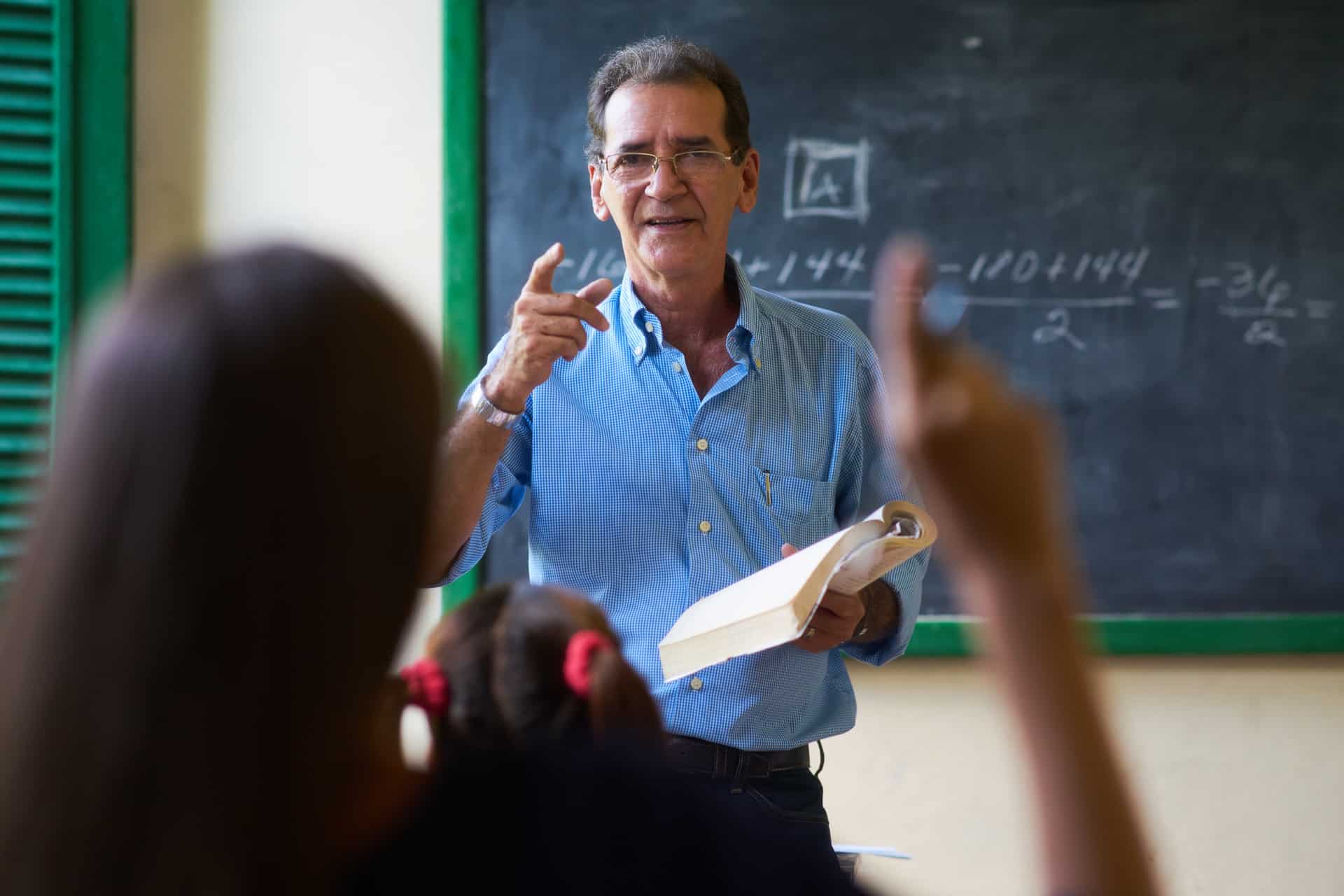In the present state of increased accountability in our standards-based public education systems, it is important for school leaders to continue to promote and celebrate creative learning environments for the faculty (and students). I will attempt to provide some insight into how I facilitate and support teacher participation, ownership, and leadership in curriculum development and adaptation in Harrison Township.
Focus on the Standards. When attempting to adapt materials or develop new resources, classroom teachers need to be well-versed in the content and skills established in the Standards. The PARCC and Smarter Balanced released assessment items and exemplars have helped to clarify the content and more importantly (in my opinion) illustrate the type of tasks and skills students are expected to be able to master. We use the assessment examples to help us to backward unit design. Starting with what you want students to be able to achieve is helpful in framing this work. In order to support the work, we use materials such as the Basal Alignment Project, New Jersey Model Curriculum, Engage NY, the Math Progressions Documents and outside state resources to help facilitate formal and informal discussions about the Standards.
Create a collegial and congenial environment founded on respect, rapport, and trust. In my present position as the Director of Curriculum & Instruction, I have created an environment of trust and respect that not only permits but celebrates risk-taking. This risk-taking is supported by the full administrative team. When teachers explore new on-line resources such as Blend Space, ED Puzzle, Kahoot, Nearpod, Newsela, Plickers, and Socrative, I set up time for turn-key training during in-service time so that other teachers can benefit from the innovation. Our teachers openly share their work through Google ED and our on-line network. The administrative team celebrates authentic learning and assessment through our district Facebook page, building newsletter, and faculty minutes. Our school community enjoys seeing what our students and teachers are doing on a weekly basis. I also attend grade-level meetings monthly in order to determine any struggles the team is having and to recognize their good work. This ‘good work’ includes their expertise in the science and the art of teaching. Through administrative presence and specific praise, our teachers are excited and encouraged to take risks in their classrooms. This extends to questioning and improving their instructional materials.
Build a diverse team of curriculum writers. When creating instructional materials to supplement a curriculum, the larger and more diverse the group of educators the better. For example, when reviewing and attempting to deliver the true intent of the English Language Arts Standards in reading, writing, speaking, and listening, it is important not to limit thinking to only that one subject, but instead think about all of the disciplines (e.g. physical education & health, visual and performing arts, world language). Having a diverse group of educators—with broad subject-matter expertise—allows for a wider range of ideas across a range of considerations: from the types of media involved to varying means of assessment.
Keep stakeholders in the loop throughout the process. I would suggest keeping the Board of Education members, administrators, and support staff in the loop. Parents will need to know about changes in the curriculum – especially when it comes to heightened academic expectations, classroom structures that foster more student independence, and a renewed focus on promoting students’ ability to persevere in the face of challenges.
To gain support for new materials, ground your message in evidence. When introducing new materials, we have run into some minor opposition in regards to the heightened expectations which some view as overly challenging. By framing our defense in the Standards with concrete examples, even the most apprehensive stakeholder is converted. By adapting resources and changing how you communicate the evidence for these changes, you are impacting the entire school system.
Support the work. When adapting materials, it is important to remember that staff will need time and resources to do this worthwhile work. Our administrators are artful in crafting building schedules wherein grade-level teams and content-area teachers have natural preparation periods at the same time which allows teams time to collaborate on curriculum work. Don’t be surprised if, as the teaching becomes more differentiated and integrated, you find yourself using support staff (special education co-teachers, special education aides, interventionists) differently. Because Harrison Township invested in our technology infrastructure, our teachers have a plethora of digital resources readily available at all times. The district has also designated funds for the purchase of formal resources to support this work as well (e.g. on-line subscriptions, novels, research-based programs). However, these investments are not required for success; our teams have been able to find in-house and digital resources readily available and free.
Find the right teacher leaders. For some teachers the never-ending work can be trying. When approaching change, I attempt to find the faculty members that are the 20 percenters: the movers and shakers that take all challenges to heart in a positive, can-do fashion. With support, these teachers naturally become the teacher leaders.
Integrate the work for long-term sustainability. I also purposefully look for ways to integrate the work. The changes in curriculum help to focus our district-wide professional development plans. Because our curriculum writing is sustained, on-going, and job-embedded, our trainings follow suit. With the increasing use of technology, all of our professional development days include an infusion of technology resources. We also tend to address components of the Standards and the teacher evaluation system(s). Everything is integrated. Everything is a part of the district mission. When the curriculum adaptation work is continually focused on student and teacher learning, it becomes easier to move that mountain one spade at a time.


















